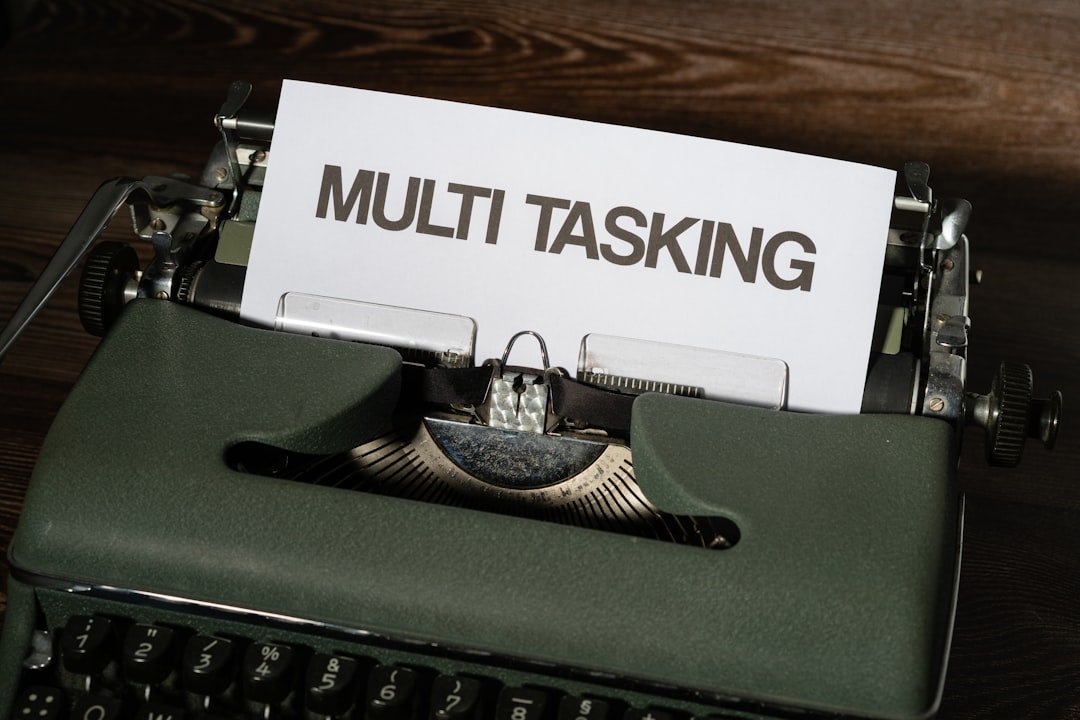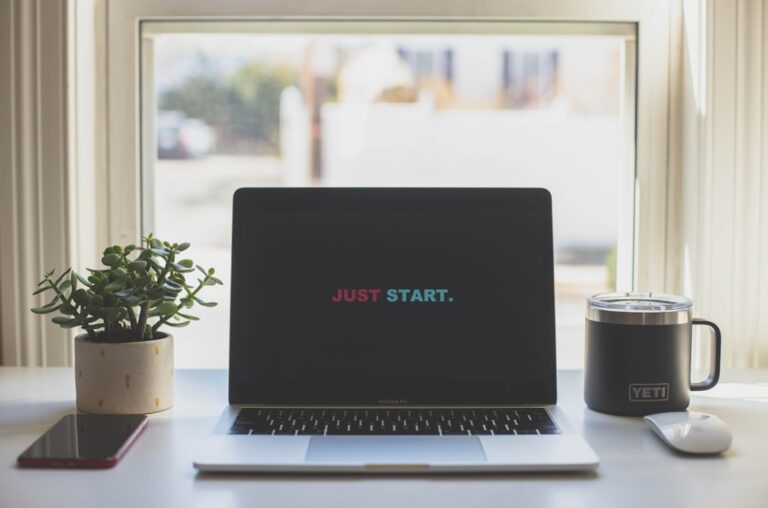
Ever feel like you’re juggling a dozen different tasks, unsure which one to catch first? I get it.
That feeling of overwhelm, with an endless to-do list stretching out before you, is incredibly draining. For years, I struggled with this exact problem. I’d jump from one thing to another, never quite finishing anything, always feeling behind. It was a big part of why habits like gaming or just plain laziness took over. I’ve learned a lot since then, and what changed everything for me was finding simple, practical ways to decide what truly matters.
Prioritizing isn't about working more hours. It’s about working smarter, focusing your energy on what moves the needle most. It’s about finding clarity amidst the chaos. I want to share 10 techniques that have helped me, and so many others, cut through the noise and get important things done. Think of this as our chat over a cup of coffee, sharing what truly works.
1. Do a Brain Dump
Before you can organize, you need to know what’s there. Take 10-15 minutes and write down everything on your mind. Every task, big or small. Don’t filter, just list. This clears your head and gives you a visual representation of your workload. It’s a huge relief to see it all on paper instead of bouncing around in your head.
2. Identify Your "Big 3"
From your brain dump, pick the 3 most important tasks you need to accomplish today. These are the things that will make the biggest impact or move you closest to your goals. For me, when I was trying to lose over 110 pounds, my "Big 3" often included things like "prepare healthy dinner," "go for a walk," and "plan tomorrow's meals." These weren't always exciting, but they were critical for my progress. Focus on these first.
3. Eat the Frog
This classic technique means tackling your hardest or most dreaded task first thing in the morning. Mark Twain famously said, "If it's your job to eat a frog, it's best to do it first thing in the morning. And if it's your job to eat two frogs, it's best to eat the biggest one first." Once that tough task is done, the rest of your day feels lighter, and you build incredible momentum. For me, overcoming gaming addiction often felt like eating a giant frog. I learned that just taking that first small step, like setting a timer for screen time, was the "frog" I needed to eat.
4. Use the Eisenhower Matrix (Urgent vs. Important)
This simple framework helps you categorize tasks:
- Urgent & Important: Do these now. (Crisis, deadlines)
- Important but Not Urgent: Schedule these. (Planning, relationship building, exercise)
- Urgent but Not Important: Delegate or minimize these. (Some emails, interruptions)
- Neither Urgent nor Important: Eliminate these. (Time-wasters)
This helps you see where you're truly spending your time and redirect it to what matters most in the long run.
5. Time Blocking
I used to just let my day happen. Now, I block out specific times for specific tasks. For example, I might have "Deep Work: Project X" from 9 AM to 11 AM, then "Respond to Emails" from 11 AM to 12 PM. This ensures dedicated focus time for your priorities and prevents urgent-but-not-important tasks from taking over. My deep work sessions are usually 2-4 hours, and during that time, I’m fully immersed. This technique is a game-changer for productivity.
6. Batch Similar Tasks
Group together tasks that require similar resources or brainpower. Answer all your emails at once, make all your phone calls back-to-back, or handle all your household chores in one go. Switching between different types of tasks wastes time and mental energy. Batching helps you streamline your workflow.
7. The 2-Minute Rule
If a task takes less than two minutes to complete, do it immediately. Don't add it to your to-do list. This prevents small tasks from piling up and becoming overwhelming. Answering a quick email, putting away a dish, or making a short phone call—just get it done.
8. Review and Adapt Regularly
Your priorities aren't set in stone. Life happens. At the end of each day or week, take a few minutes to review your progress and adjust your priorities for the next day or week. What worked? What didn’t? This keeps your system flexible and effective. It's about constant small improvements. Celebrate those small wins when you hit your daily priorities. That feeling of accomplishment is powerful.
9. Learn to Say "No"
This one is tough, but essential. Saying "yes" to everything means saying "no" to your own priorities. If a request doesn’t align with your goals or current commitments, politely decline. Protect your time and energy fiercely. This was a hard lesson for me, especially when I was trying to be everything to everyone. But protecting my time allowed me to focus on my health and routines.
10. Connect to Your Deeper Purpose
Why are you doing what you're doing? When you link your tasks to a larger purpose, prioritizing becomes much clearer. For me, my Christian Orthodox faith provides an anchor. I try to consider how my actions align with my values and my relationship with God. When I prioritize, I ask myself if this task serves my health, my family, my work, or my spiritual growth. This connection to a greater purpose isn’t about adding another item to the list. It’s about giving meaning to the items already there. It helps me discern what truly merits my time and energy, offering a profound sense of direction and peace.
Prioritizing is a skill, and like any skill, it improves with practice. Don't expect perfection overnight. Start with one or two of these techniques and see how they change your daily flow.
Which of these techniques will you try first to bring more clarity to your day? What's one "frog" you're ready to eat tomorrow? Take that small step. You've got this.





